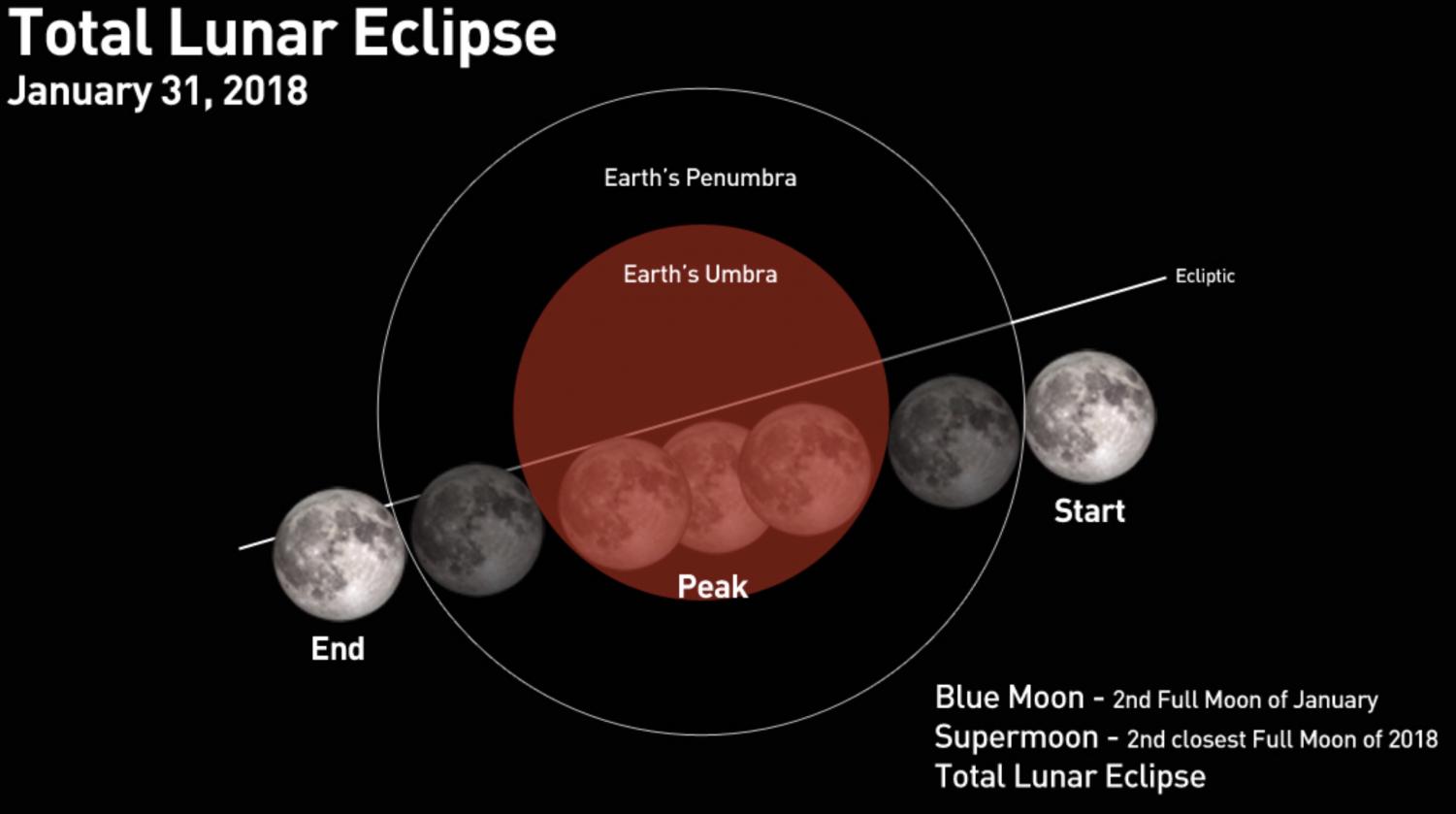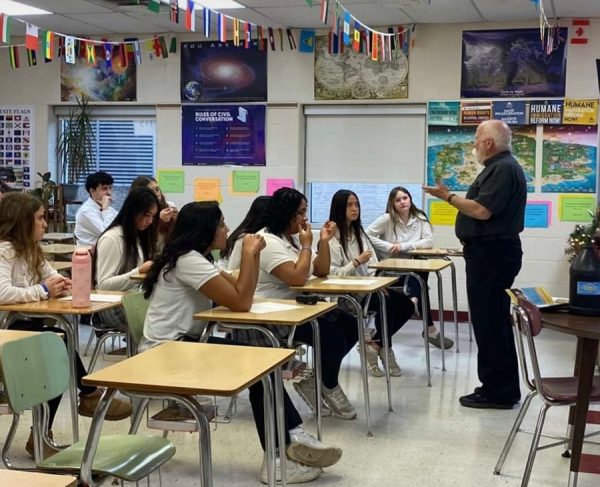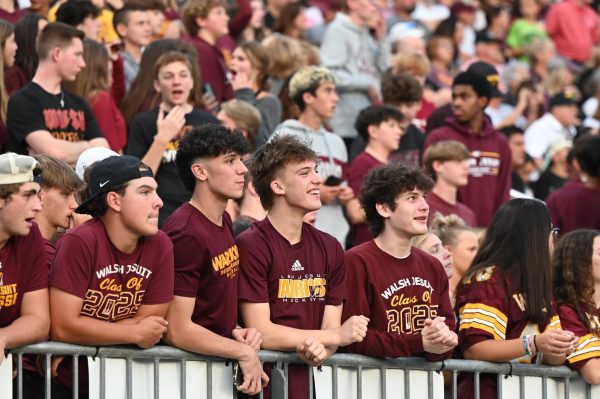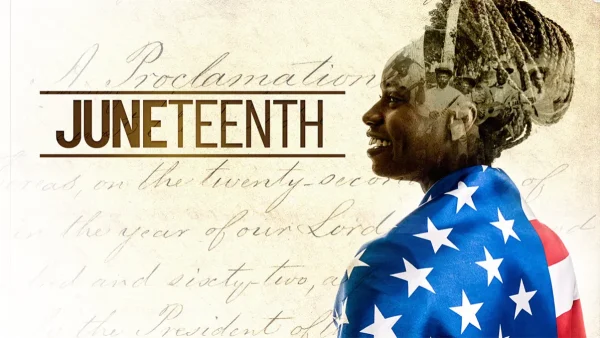Lunar Trifecta on January 31
Rare super blue blood moon last seen 152 years ago
No doubt you’ve heard the phrase “Once in a blue moon,” used when speaking of a rare occurrence. A real “blue moon” event will occur on January 31, 2018, but one so unusual it hasn’t been seen in 152 years.
In astronomy, a “blue moon” is the second full moon in a month, which usually happens only every 2.7 years, although sometimes two occur in the same year. For example, there will be a blue moon in January and again in March, 2018. The last blue moon occurred on May 21, 2016.
Recently, another lunar phenomenon, a “super moon,” took place. On January 1, to top off New Year’s, a super moon lit up the evening sky. This is a full moon at its closest point to Earth in its monthly orbit. According to a recent NASA publication, a super moon is 14% larger than a normal moon. That may not seem like much of a difference, but it appears to be gigantic as it rises over the horizon.
Finally, a “blood moon” occurs during a total lunar eclipse. According to Robert Roy Britt, of Space.com, a total lunar eclipse happens when the moon travels through the dark central portion of the Earth’s shadow (its umbra), blocking sunlight from the moon. As a result, the surface of the moon appears red or sometimes yellow, orange or brown.
Incredibly, a super blue blood moon will be visible for a few hours during the night of January 31. It should be spectacular, with everything astonishing about the three different types of moons put together into one. A quick Google search revealed multiple sites offering “spiritual” meanings and astrological influences associated with such an extraordinary happening.
Keep an eye out for the potentially astonishing super blue blood moon. Unfortunately, catching a glimpse of this phenomenon may be tricky for Northeast Ohioans. According to Gordon Johnston, program executive and lunar blogger at NASA Headquarters in Washington, “…your best opportunity if you live in the East is to head outside about 6:45 a.m. and get to a high place to watch the start of the eclipse—make sure you have a clear line of sight to the horizon in the west-northwest, opposite from where the Sun will rise.”
 (Graphic from Scott Sutherland)
(Graphic from Scott Sutherland)










